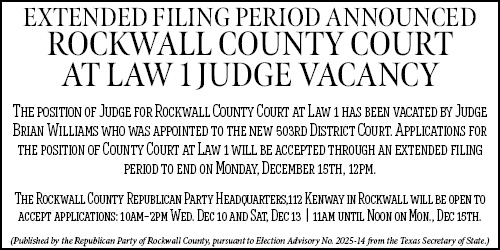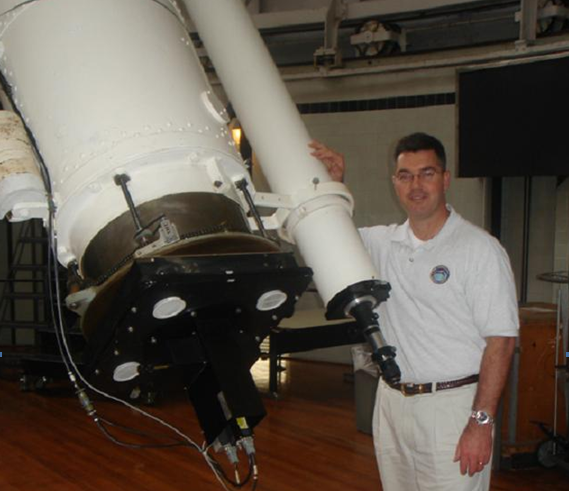Teach your children well
Why are so many things seemingly falling out of space and landing on Earth?
If you have not asked this question in the past, you are very likely to start asking it by the 15th of January, 2012.
By this date, the failed Russian spacecraft, Phobos Grunt, will have seen its fiery last lap around Earth orbit. You see, the Phobos Grunt spacecraft never made it past Earth orbit. It did not perform its scheduled burn to begin its trajectory to Mars where its mission was to land on the Martian Moon, Phobos, do some science onsite and return to Earth with a sample. This was a very aggressive science mission that failed miserably.

What does it mean when someone uses the term, “miserable failure”? In this case the failure is really, really bad because the Phobos Grunt mission was supposed to land on a 14-mile long potato-shaped object (Martian moon Phobos) that sits in orbit around Mars, which is about 36-million miles away. In contrast, a smashing success can be seen in the job NASA accomplished when the space agency famously landed two landers on Mars itself and placed them within 5 miles of the desired destination.
NASA’s Mars Exploration Rovers were launched from Earth in June and July 2003 and were supposed to conduct a 90-day mission. That was almost 3,000 days ago, and I’m proud to say that one of the two rovers, Opportunity, is still conducting science on the red planet.
The Mars Exploration Rovers mission was to follow the existence and effect of liquid water on the historical development of Mars in an effort to identify if life existed outside Earth in our own solar system. That’s the difference between a miserable failure and a smashing success.
Why do we have failures and successes in this great and exciting exploration that humans so enjoy and even find necessary?
For one thing, space travel – in particular space exploration – is a very complex undertaking. There are no cutesy analogs for how difficult it is to land a vehicle on a planet 36 million miles away. It’s not like reaching into your golf bag, pulling out your driver at the Buffalo Creek par-5 and sinking a hole- in-one at the American Airlines Center in Dallas. No, this really is rocket science, folks, and we need your children to pay attention in school, get good grades, somehow get beyond the examples they see in the media of shameful sports icons, and grow up to contribute to our nation’s exploration. Unless we grow the next generation of scientists and explorers, we could become laughing stocks who design and build miserable failures.
In my case, a balance was struck, by playing sports (I wasn’t very good but I played four years of varsity baseball as a catcher), flying airplanes since age 13, and ultimately serving this great nation for 24 years as a pilot and later a space operations officer. Do you see a theme?
I stuck with stuff that goes fast and flies far because my parents, Joe and Doris, supported me. Your kids have to become excited about something and you have to help them arrive at their launch pad. Like a properly fueled and aimed rocket, if you get them there they will fly the rest of the way on their own and provide rich rewards as you sit back in mission control occasionally adjusting things.
Our public schools are trying to provide the education and kindle the flame for your kids. One of the local schools has a program that turns middle school kids on to potential Science Technology Engineering and Math (STEM) careers. It’s in the STEM careers that we have to most carefully and properly guide our kids. I don’t buy into the argument that there is a glass ceiling and kids from poorly educated backgrounds can’t become highly educated and contribute to our nation’s most critical STEM challenges. My parents’ combined education didn’t exceed my 16-year-old daughter’s time in school, but they raised two boys who are helping move the ball forward and showed great courage in doing so for us.
In the coming weeks I’ll hopefully be sharing more with you about the STEM programs that are being promoted and taught in our local public schools. If you are involved in one of these, your feedback is encouraged. If your child is involved in one of these and you want to learn more about what’s going on, I encourage you to read more here.
Sadly, and I have seen this in the kangaroo courts of the local area when a man approached a microphone to disparage the local Rockwall County Library. This person cited the library as a wasteful facility stating that he didn’t bother to read and he did fine. Based on his appearance, ability to self-articulate and the public reaction to his statements, I disagree with this particular non-reading person. Don’t let your kids become like this non-reader; grow them up to reach for the stars.
Oh, and by the way, I have observed Phobos (the Martian moon in space) with my own eyes trough the great American telescope that was used to discover it back in August of 1877.

Back then, most of the European sophisticates thought the U.S.was populated by a bunch of brutish cowpokes, but when Asaph Hall discovered this moon using the Great Refractor (a 26-inch telescope at the United States Naval Observatory) they all stopped in their tracks.
The discovery of the Martian moons represents America’s entry and acceptance into the halls of science in the rest of the world. It doesn’t matter that Phobos and its twin moon Deimos are boring, potato-shaped space rocks. However, the reason the Russians wanted to explore Phobos is that it probably got trapped in Mars’ gravity well in the early days of the Solar System. This is a pretty cool science goal, and I wish the Russians would have been successful.
Finally, I’ll leave you with a question: Where is the largest elevator located that serves the nation’s Capitol? Hint: you’re looking right at it in the picture above. If you think you know the answer to this tease, please post a reply online at blueribbonnews.com.
Read more by Max Corneau:
- How to buy a telescope
- Earth’s recent encounter with an asteroid is closest in 200 years
- NASA launches Mars Science Lab
 Our Universe Today is a column written by Blue Ribbon News special contributor, Max Corneau, who has lived in Rockwall with his family since 2000.
Our Universe Today is a column written by Blue Ribbon News special contributor, Max Corneau, who has lived in Rockwall with his family since 2000.
Max retired from the U.S. Army in 2009 as a Lieutenant Colonel, Senior Space Operations Officer and Master Aviator. He amassed over 3,200 hours as a pilot of Special Electronic Mission Airplanes. Since 2004 he has been a NASA/JPL Solar System Ambassador, is a Master of Astronomical Outreach through the Astronomcial League and built his own astronomical observatory. His amazing images can be seen at AstroDad.com.
To submit your news and events or a guest column on your area of expertise, email editor@BlueRibbonNews.com.





